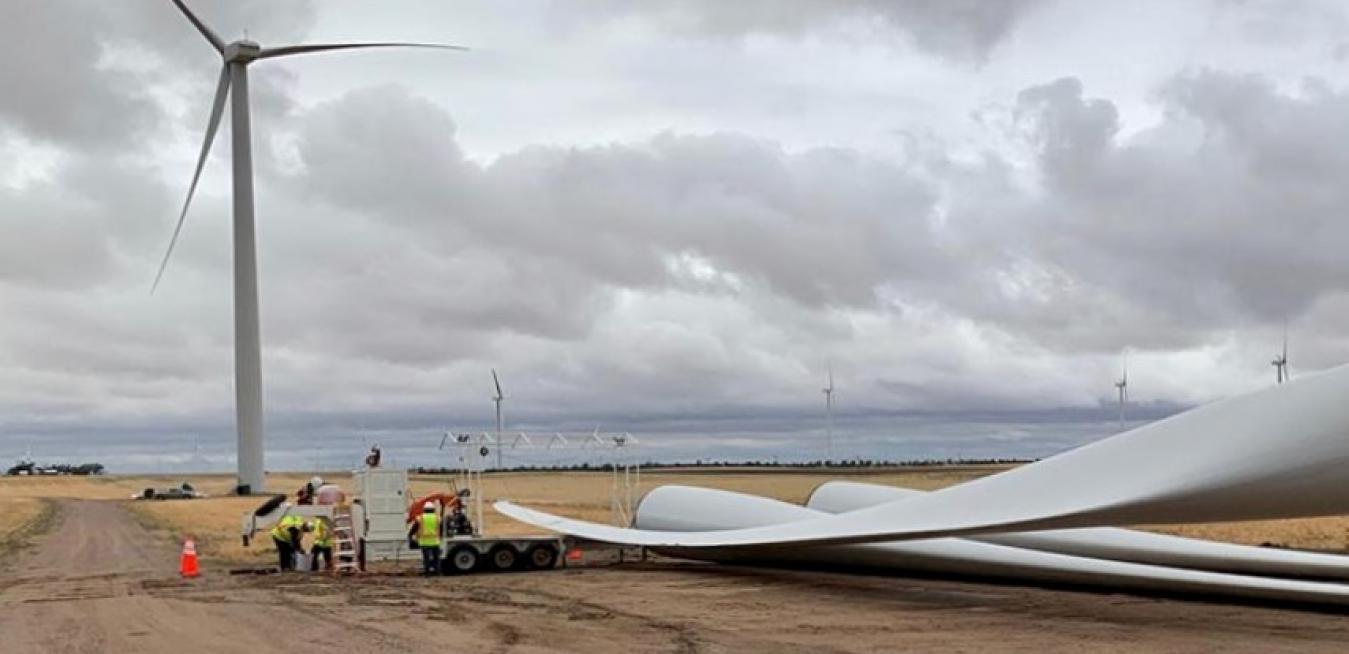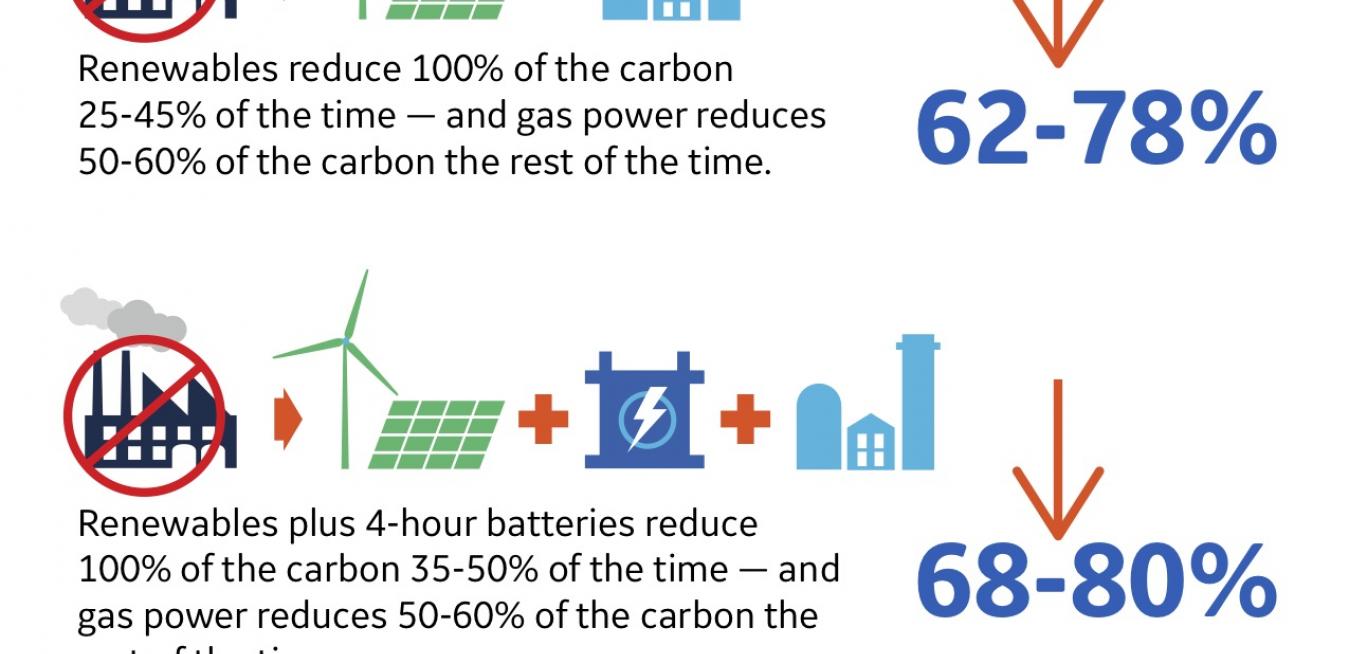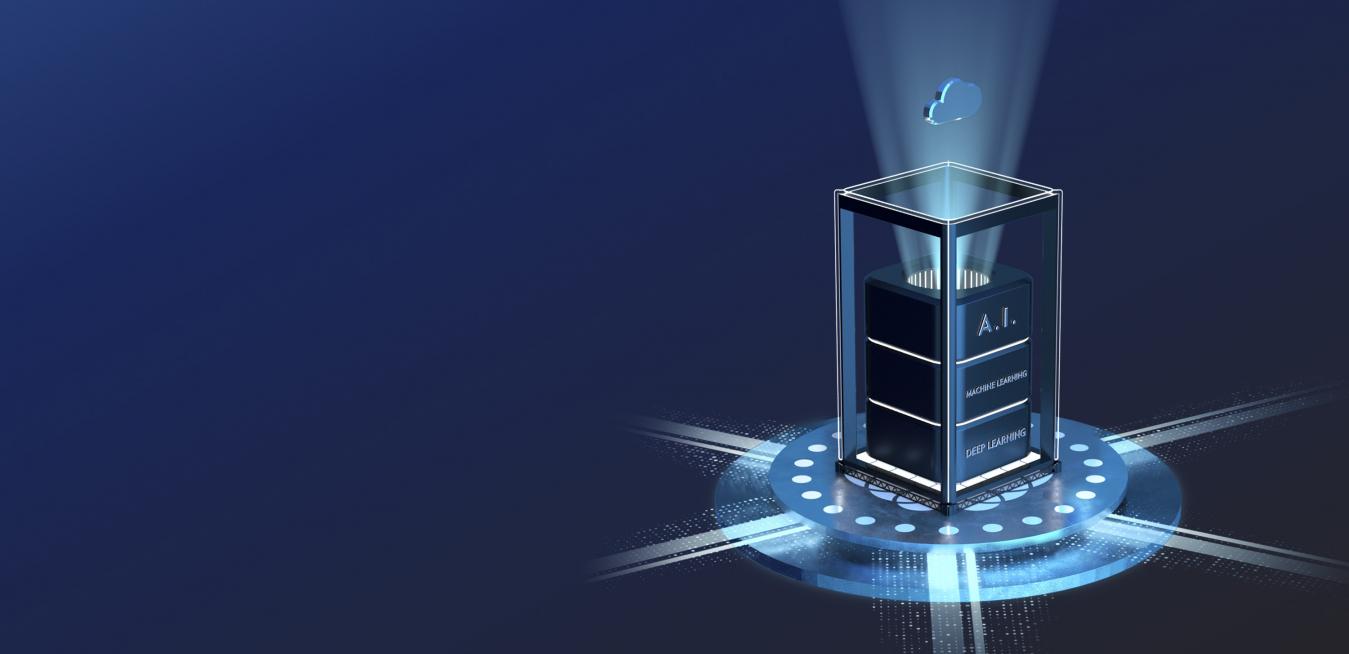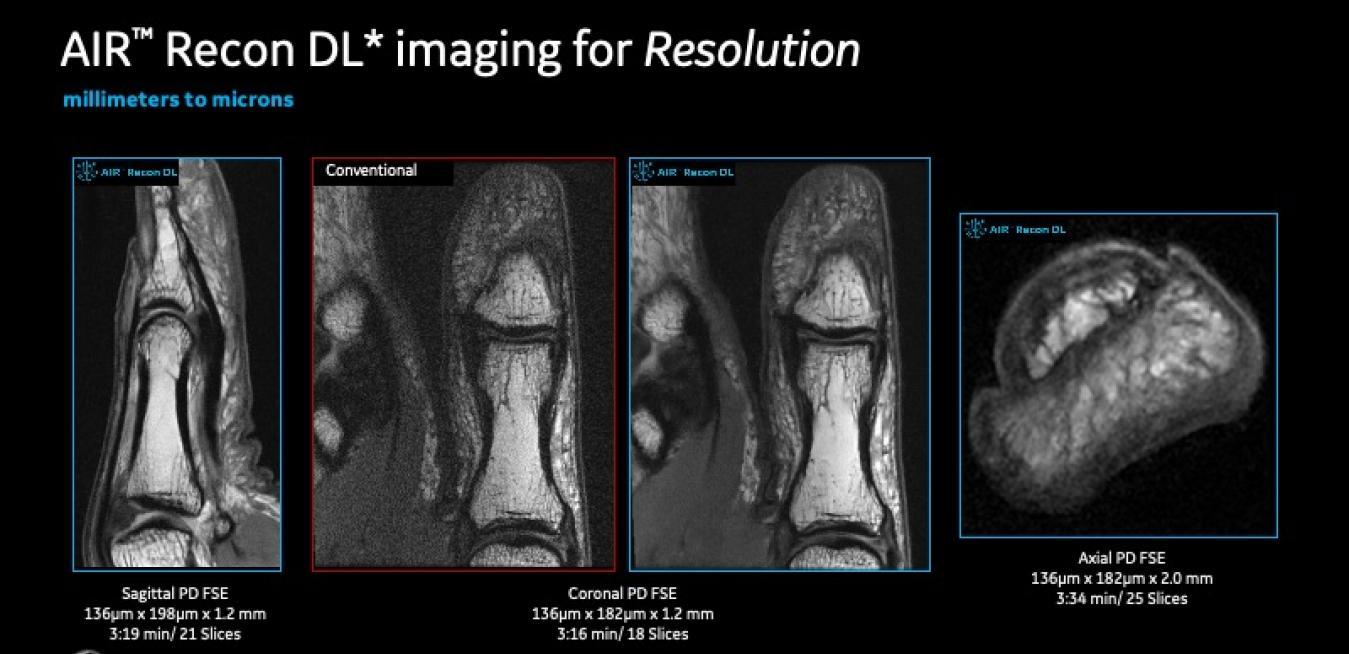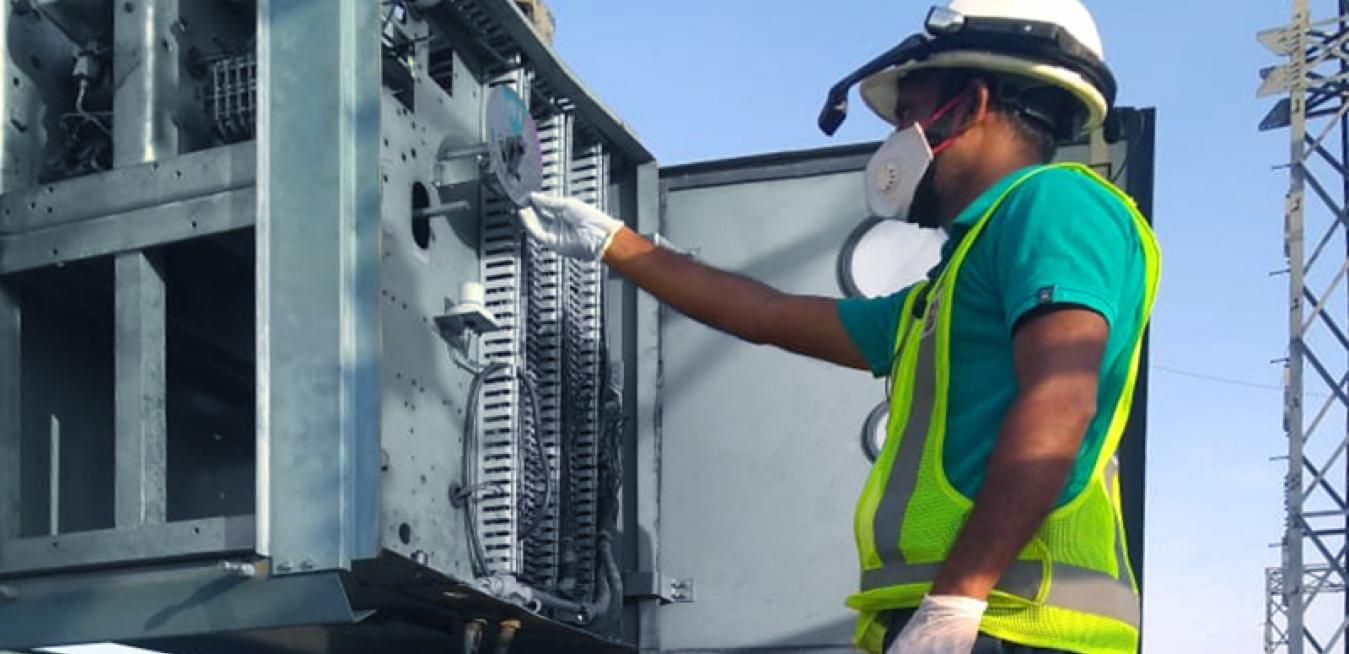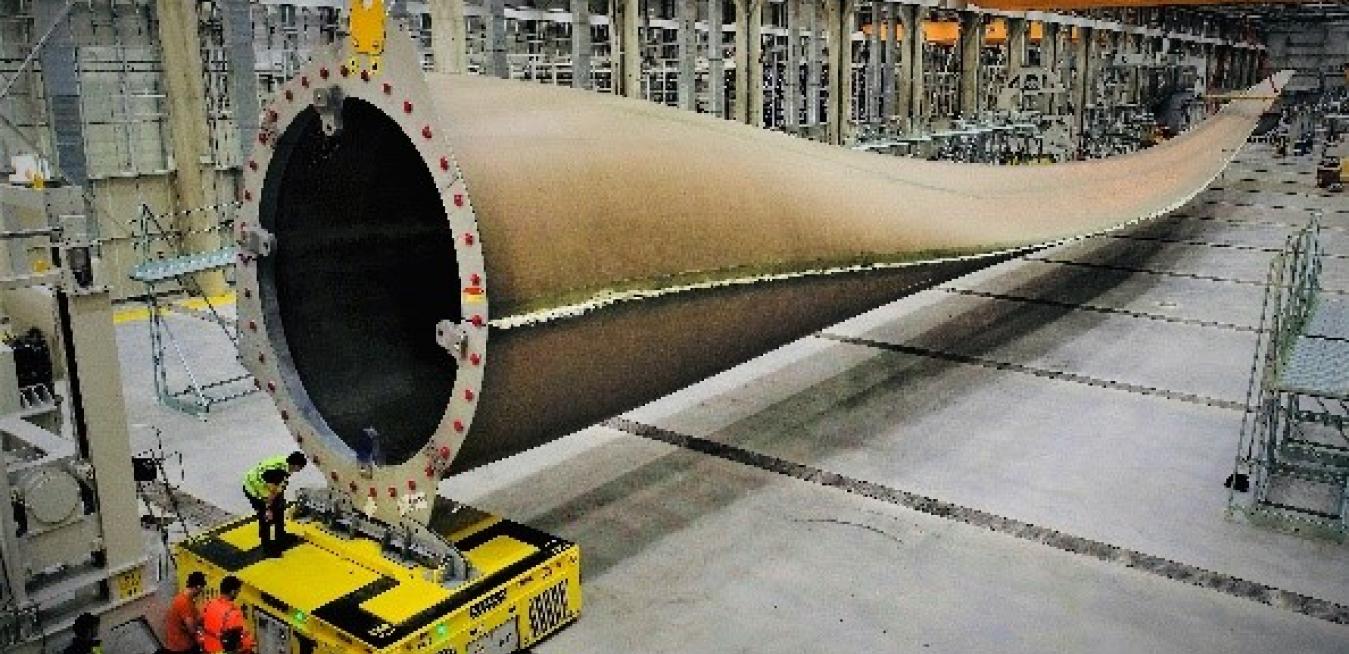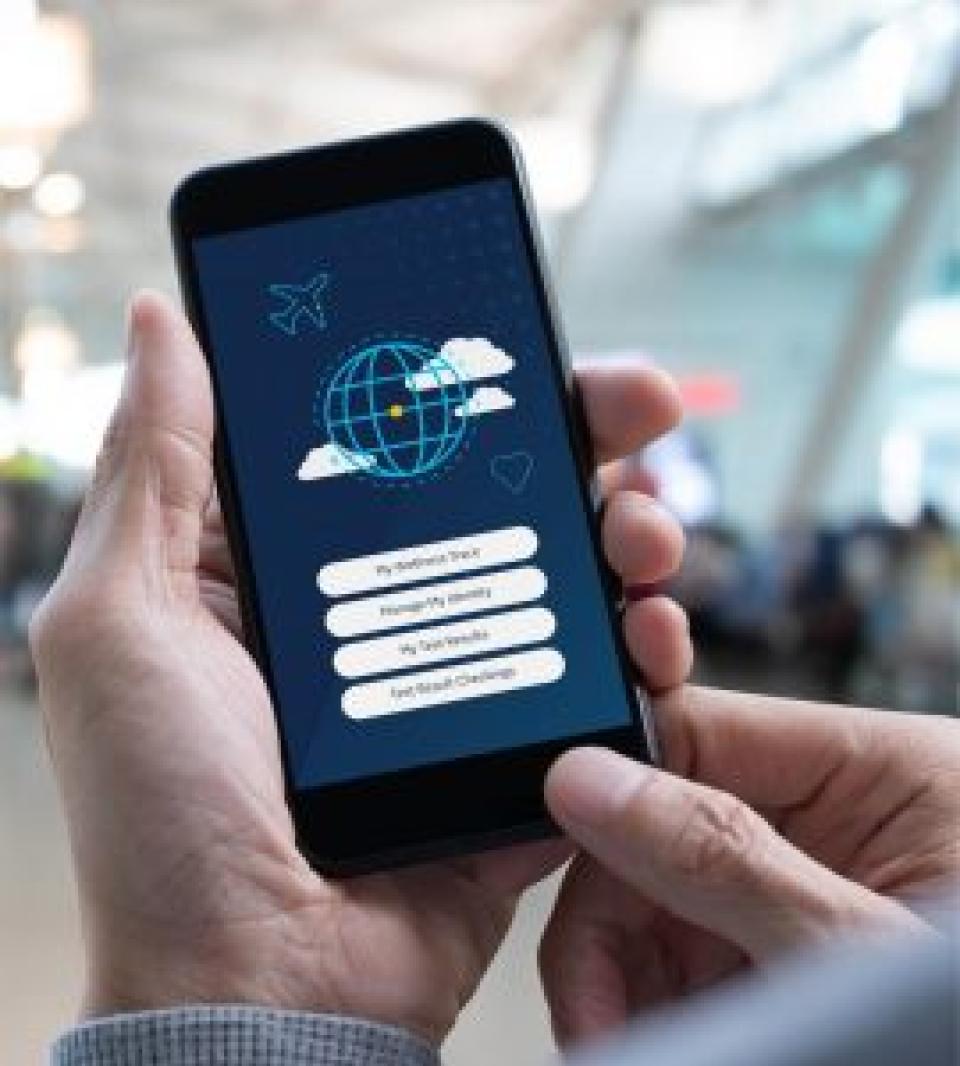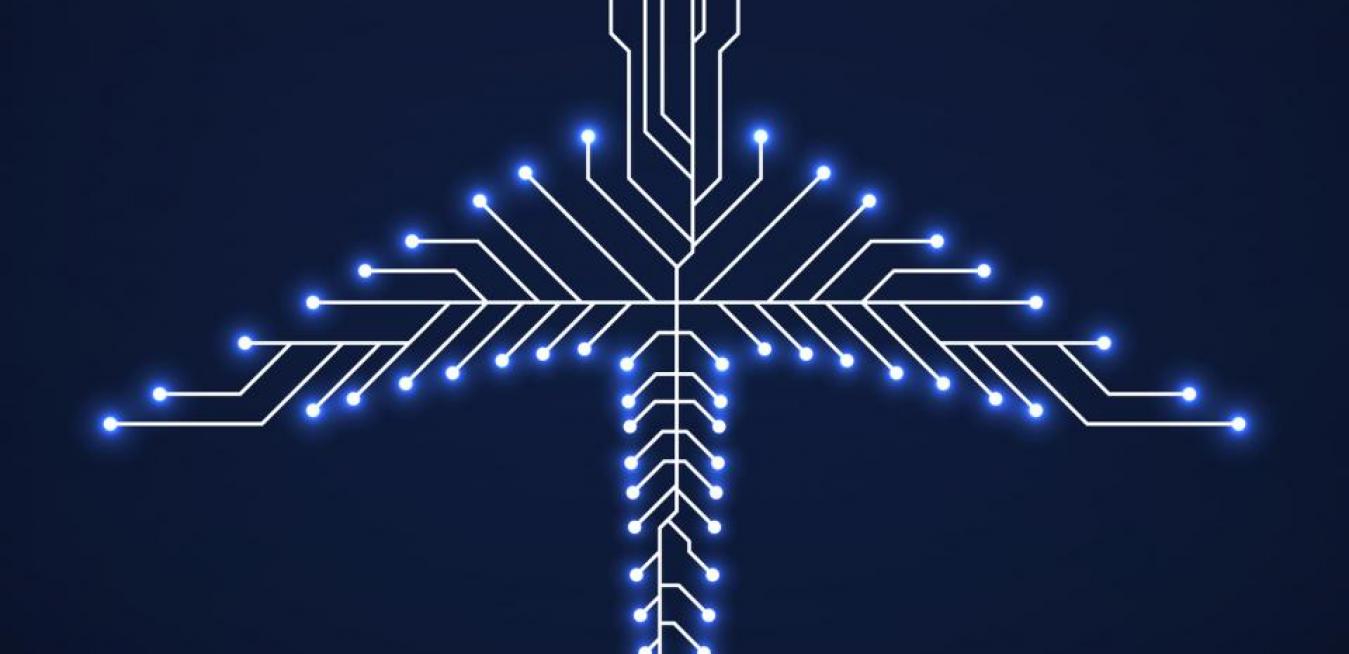News and insights from Vietnam
Global wind farm operators added more than 22,000 wind turbines in 2019 and the growth is only going to pick up speed as more and more countries continue to press ahead to lower their carbon footprint. With good reason: On average, a single wind turbine operating in the U.S.
The last time you bought a new car, you probably didn’t just write a check. You took it for a spin to see how it handles. GE Healthcare will soon offer a similar service to hospitals interested in buying its latest software powered by artificial intelligence (AI). “This is a big deal for the healthcare industry,” says Ken Denison, vice president of digital platform and product marketing at GE Healthcare. “It’s rare to have the option to quickly find things, try them and decide to buy them or not.”
Ever since the first cases of COVID-19 struck nearly a year ago, hospitals around the world have been racing to get a step ahead of the virus. They’ve become adept at sourcing and stockpiling personal protective equipment, establishing vigorous new cleaning protocols, and acquiring thousands of new ventilators. But the focus on fighting the pandemic and wanting to keep the number of people in hospitals down to lower the chance of transmission also means that standard procedures like magnetic resonance imaging (MRI) have been postponed.
The U.S. Navy’s Blue Angels flight demonstration team was established with a big goal in mind: to put on a good show. The year was 1946 and, with World War II over, Chief of Naval Operations Chester Nimitz was looking for ways to maintain public interest in naval aviation. He envisioned a corps of expert pilots performing deft combat maneuvers while admiring crowds watched from the ground.
Like many countries around the world, Germany is in the middle of an ambitious energy transition, aiming to generate 80% of its power from renewable sources by 2050. One steppingstone on that journey is a huge yellow structure rising more than 60 feet from the slate-gray waters of the North Sea some 80 kilometers off the country’s coast.
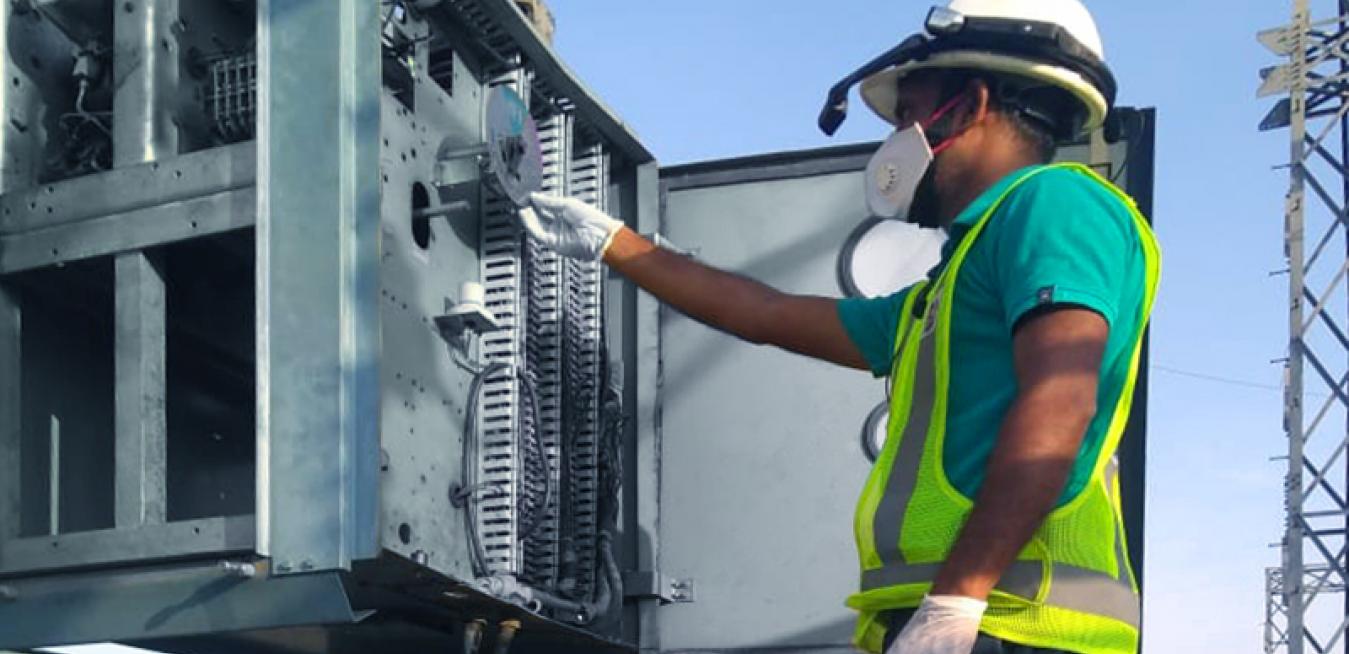
Top image: A technician works on a circuit breaker switch box at HPGCL hydroelectric power site in Yamuna Nagar, India. Image credit: GE Renewable Energy.
There’s what most ordinary people call troubleshooting. And then there’s what Sanjeev Kumar calls troubleshooting.
At 107 meters from end to end, the blade for the Haliade-X wind turbine — the world’s most powerful offshore wind turbine in operation — is longer than a football field, and possibly one of the single biggest machine components ever built.
At first glance, the stickers affixed next to the bathroom entry door, a check-in kiosk, or a counter at Starbucks don’t look like much. But when flyers passing through the Albany International Airport in New York scan those stickers with their phone cameras, a new app developed by GE and its partners unlocks valuable data stored in a quick-response (QR) code printed on their backs. The app, called Wellness Trace, can tell them when the bathroom was last cleaned, say, or the check-in kiosk sanitized.
The first electric motor — conceived by Michael Faraday in 1821 — consisted of a metal wire hung next to a magnet lounging in a bath of liquid mercury, forming an electric circuit. When connected to a battery, the submerged end of the wire magically traced circles around the magnet. The primitive rig didn’t generate much power, but it proved that electrical energy could be transformed into mechanical energy by running an electric current through a magnetic field.
